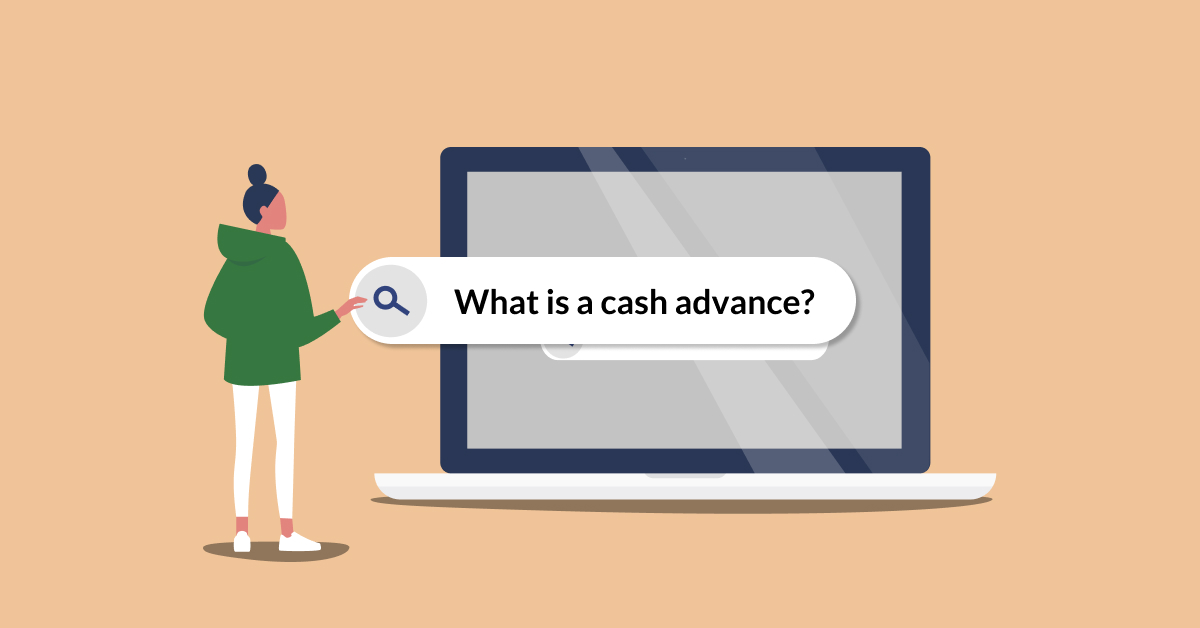
Almost every business needs financing at some point.
But banks and other lenders aren’t always an option for some small businesses who need cash flow support in days, not weeks or months.
A 2022 Federal Reserve study revealed many small businesses are having a tough time, with more than half of firms reporting they are in “fair” or “poor” financial condition. The study showed:
- Almost 50% of American businesses saw a decrease in revenue over the prior 12 months.
- Hiring staff and supply-chain issues are the top operational challenges firms faced in the prior 12 months, with 60% of firms reporting both problems.
- 85% of employer firms experienced financial challenges in the prior 12 months, up nearly 20 basis points since 2019.
- Firms more often sought financing to meet operating expenses rather than to expand, marking a shift from pre-pandemic trends.
Many businesses are turning to the world of alternative lending to get through these financial constraints. Merchant cash advances (MCAs) are a part of that world.
This article will explain:
- What merchant cash advances are
- How merchant cash advances work
- How merchant cash advances differ from loans
- How to explore if a merchant cash advance is right for your business
- Must-ask questions for merchant cash advance providers
Raise capital for your small business
Check out our guide on how to secure the funding you need to grow your business.
What are merchant cash advances?
Merchant cash advances are a type of small business funding. A merchant cash advance is not a business loan, but a cash advance in exchange for a percentage of your daily credit card sales.
How do merchant cash advances work?
When you speak to most merchant cash advance providers, they will typically look for:
- At least three months of your bank and merchant account statements.
- Evidence of consistent deposits, showing revenue above $50,000 per year.
- Evidence you have been operating as a business for more than six months.
Merchant cash advance providers will also look at your account to check if you have non-sufficient funds (NSFs) or a high volume of chargebacks showing on your bank statements.
If you have managed to avoid a lot of NSFs and chargebacks, and can meet the criteria above, then the merchant cash advance provider will typically be happy to move forward with your application.
Here is what usually happens after a small business and MCA provider agree to an advance amount, daily fee or fixed fee, and term:
- The provider transfers the full advance into the business’s bank account in 1-3 days.
- The small business withholds a percentage of daily credit card receipts to pay the provider for this advance.
- The small business remits this daily amount to the provider, plus interest, until the advance is paid in full.
Access to a business owner’s merchant account eliminates the collateral requirement needed for traditional small business loans. The more credit card transactions a business does, the faster it can pay the provider for the merchant cash advance.
Three ways a merchant cash advance is different than a loan
This may sound a little like a loan, but there are some significant differences small businesses should know about. Merchant cash advance providers weigh risk and credit criteria differently than bankers and other lenders.
1. Advances are based on future sales
- An MCA provider looks at your company’s daily credit card receipts.
- You’re selling a portion of future credit card sales in exchange for immediate payment.
- They do this to determine if you can pay the funds in a timely manner.
Fees on a merchant cash advance may be higher than other financing options. Depending on the company, rates can end up being prohibitively high.
Typically, a merchant cash advance company will make daily withdrawals from the business’s bank account until the obligation has been met.
2. Advances are easier to secure
Usually, you can talk to a merchant cash advance provider, and before the end of the day, the advance can be deposited into your business checking account within 24 hours. The screening process is not as strong as a business loan.
To get a business loan, you typically have to have:
- A positive credit score
- More than two years of operating history as a business;
- And collateral, such as real estate or equipment
It takes much more time to provide this information to a bank lender, if you have it. And if you don’t have all of this in place, you’re unlikely to be eligible for long-term bank financing. Cash advances are simpler to secure, as long as your sales revenue is consistent.
3. Advances are unregulated, unlike loans
This is why it’s so important to understand the terms you’re being offered by any MCA provider. That way you can make an informed decision about whether an MCA is worth it.
- American laws stop business lenders from charging predatory rates, for business loans
- But cash advances are not yet legally considered a loan
- US Congress has yet to legislate merchant cash advances rates.
Is an MCA the right source of credit for my business?
It’s widely known in the small business community that cash advance products can come with high interest rates. For many business owners, that means you may be paying much more for the initial advance than you’re comfortable with. Some providers use a simple flat-fee structure—a fixed fee that you pay over time in exchange for the advance as part of the total amount owed, instead of interest rates.
Here are some questions you should explore, before considering an MCA:
- Do we have significant credit card volume to make it worth going through the process?
- Do we need to fund a short-term opportunity like buying inventory at a discount?
- Are we certain the potential gains from the cash advance will outweigh the costs?
You don’t need to be a finance expert to access credit for your business, but you do need to understand the pros and cons of products like merchant cash advances before jumping right in.
Did you know? Lightspeed Capital operates on a flat-fee pricing structure. That means you don’t have to worry about shifting interest rates. Instead, you pay a fixed fee over time on top of your cash advance balance through a percentage of your business' sales.
Three must-ask questions for merchant cash advance providers
A merchant cash advance is used by thousands of businesses every month, without issue. But they can be a poor fit for businesses that weren’t prepared for the repayments. Vet any merchant cash advance providers, by asking them the right questions.
The first thing every small business should ask a merchant cash advance provider is whether they qualify for another type of financing with their company, suggests Matt Sexton, a small business finance analyst at Fit Small Business.
“If you do, they’ll be happy to make that work for you as it will be a lower risk for them and a cheaper loan for you. Otherwise, you need to know the factor rate, the holdback percentage, and other fees they might charge. I would encourage you to check out our MCA calculator to determine the actual cost of a merchant cash advance.”
Here are some more questions to ask.
1. What are the terms?
You and the MCA provider will need to agree on the advance amount, holdback and term of the advance. In other words:
- How much are you seeking with the amount?
- What percentage of your daily credit card fees will be remitted to the MCA provider?
- For how long will this agreement be needed?
2. What’s the holdback?
Let’s take a closer look at that percentage fee of your daily credit card transactions: it’s called a holdback.
- The holdback is what merchant cash advance providers call the percentage of your credit card transactions that are debited from your merchant account every single day.
- It could be 10%, it could be 20%, as this is not a regulated credit product.
This is a question you need to ask any MCA provider. Make sure you understand their answers because this is where a merchant cash advance could affect your daily cash flow.
3. What’s the factor rate?
A merchant cash advance is not expressed in APR, but in what’s called a factor rate. For example, if you’re quoted a factor rate of 1.5, that means for every dollar you borrow, you are going to pay 50 cents on top of the dollar. If the factor rate was 1.20, you are going to pay 20 cents for every dollar you borrow. Be aware of the factor rate, and what the overall cost is.
Which companies provide merchant cash advances?
Small businesses can explore many different companies that provide merchant cash advances. These include:
- PayPal Working Capital
- Square Capital
- Rapid Financing
- National Financing
- Lendio
A simple cash advance
Lightspeed also provides Lightspeed Capital, a flat-fee merchant cash advance designed for independent businesses, such as retailers and restaurants. With Lightspeed Capital:
- Businesses apply with an email to Lightspeed Capital, with no hard credit check needed.
- There is flat-fee pricing, meaning no high or shifting interest rates.
- The working capital is available in as few as two business days.
To find out if your business is eligible for Lightspeed Capital, talk to one of our experts today.

News you care about. Tips you can use.
Everything your business needs to grow, delivered straight to your inbox.



